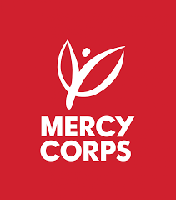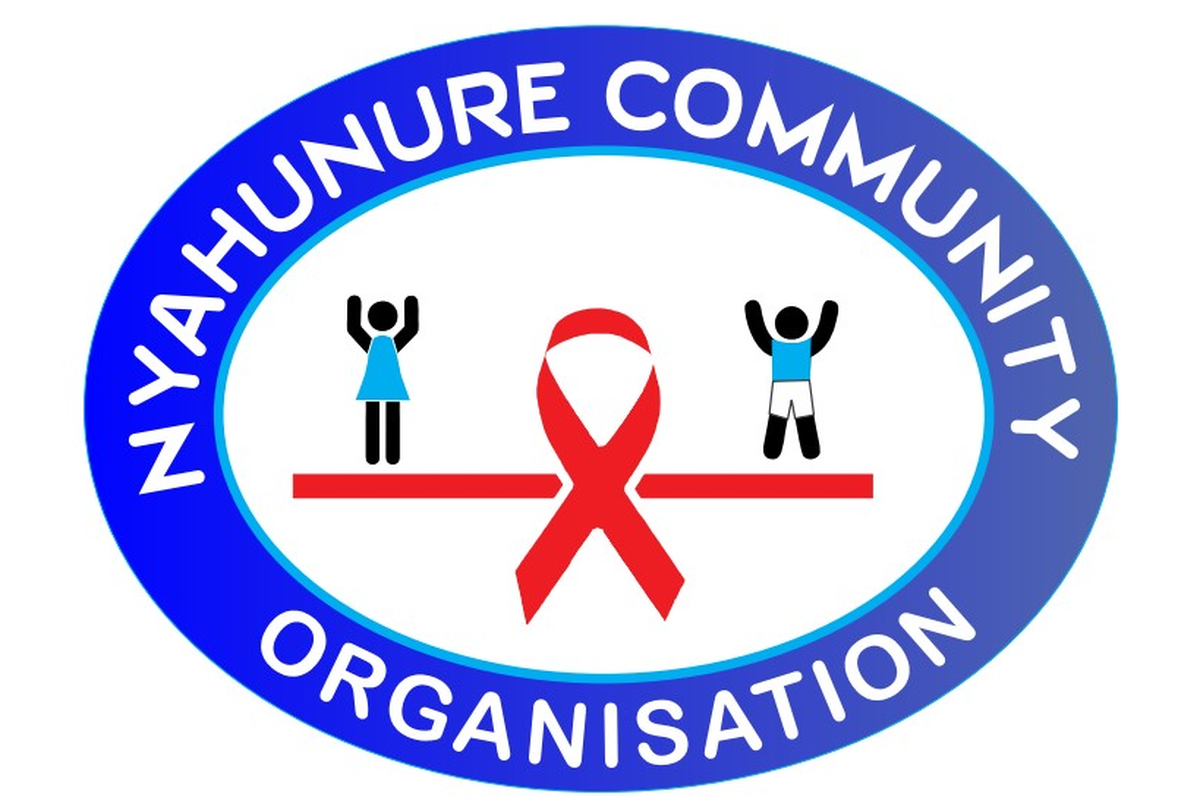Endline Study Terms of Reference : EMERGENCY LIFE SAVING EFFORTS FOR VULNERABLE TARGETED COMMUNITIES (ELEVATE)
Consultancy, Research Jobs
- Mercy Corps
- Expires 24 Nov 2023
- Harare
- Full Time
Job Description
Mercy Corps Zimbabwe
1. INTRODUCTION
Mercy Corps (MC) is a non-profit international relief and development organization founded in 1979 and has provided $2.5 billion in assistance to 130 million people in 114 countries. Mercy Corps helps people in the world’s toughest places turn the crises of natural disaster, poverty, and conflict into opportunities for progress. Driven by local needs, our programs provide communities with the tools and support they need to transform their own lives.
In Zimbabwe, Mercy Corps was registered as a private voluntary organization (PVO # 10/2007) by the Department of Social Welfare on 27 November 2007. MC has operated in 25 districts focused on food security and increasing rural and urban household access to high-quality, reliable WASH services, food security, livelihoods, resilience, emergency response and market-based solutions.
Mercy Corps secured resources from the USAID Bureau for Humanitarian Assistance (BHA) to provide humanitarian assistance through food assistance and agriculture interventions in Mutasa, Makoni and Mutoko districts of Zimbabwe through the Emergency Life Saving Efforts for Vulnerable Target Communities (ELEVATE) program. The program targeted 6,249 of the most vulnerable households (28,746 individuals) that experience chronic food insecurity (IPC Phase 3).
Project Goal: Vulnerable and food insecure households in the target areas to experience improved food security and reduce negative coping strategies
Purpose 1: To improve the immediate and longer-term access and availability of food for vulnera
Duties and Responsibilities
1.1 Agriculture sector
The main objective of the ELEVATE program was to ensure that vulnerable households, including smallholder farmers, can engage more productively in agricultural activities, strengthening household resilience to future shocks and stressors. ELEVATE worked with communities and households that already engage in agriculture and that rely on agriculture for food, and livelihoods, supporting them to have more productive and sustainable growing practices with training and agricultural inputs. Climate resilient agriculture practices promoted by the ELEVATE program were key in ensuring increased agricultural productivity for smallholder farmers through the Smallholder Resilience Design approach.
● Field crops - Training of extension staff, and lead farmers was done and ward level field crop demonstration sites were established.Follow on farmers were subsequently trained at ward level. Agriculture inputs (for field crops) were provided using commodity vouchers through organized input fairs. Program participants purchased open pollinated varieties of drought tolerant cereals (maize/sorghum/millet) legumes (sugar beans/groundnuts, cowpeas) and organic fertilizers.
● Gardening - Training on the Resilience design and Permagarden approaches and support with labor-saving technologies has also been done. Inputs for community and household gardens were provided in the form of horticulture seeds, and tools.
● Irrigation support - ELEVATE has supported the establishment of 4 new community gardens and the rehabilitation of 16 existing gardens. Gardens were mainly supported with fencing materials, piped water systems, and water tanks.
1.2 Food assistance sector
The ELEVATE program targeted food insecure households that typically experience IPC-3 food insecurity with emergency food assistance during the peak hunger period (December-March). The provision of food assistance was contingent upon participants’ involvement in selected soil and water conservation works and community asset maintenance at community (village and ward) level. Typical works carried out included reclamation of gullies, removal of invasive species and maintenance of feeder roads among others. Food assistance was provided in the form of value vouchers with selected vendors.
Qualifications and Experience
Click The Button Below For Full Document





